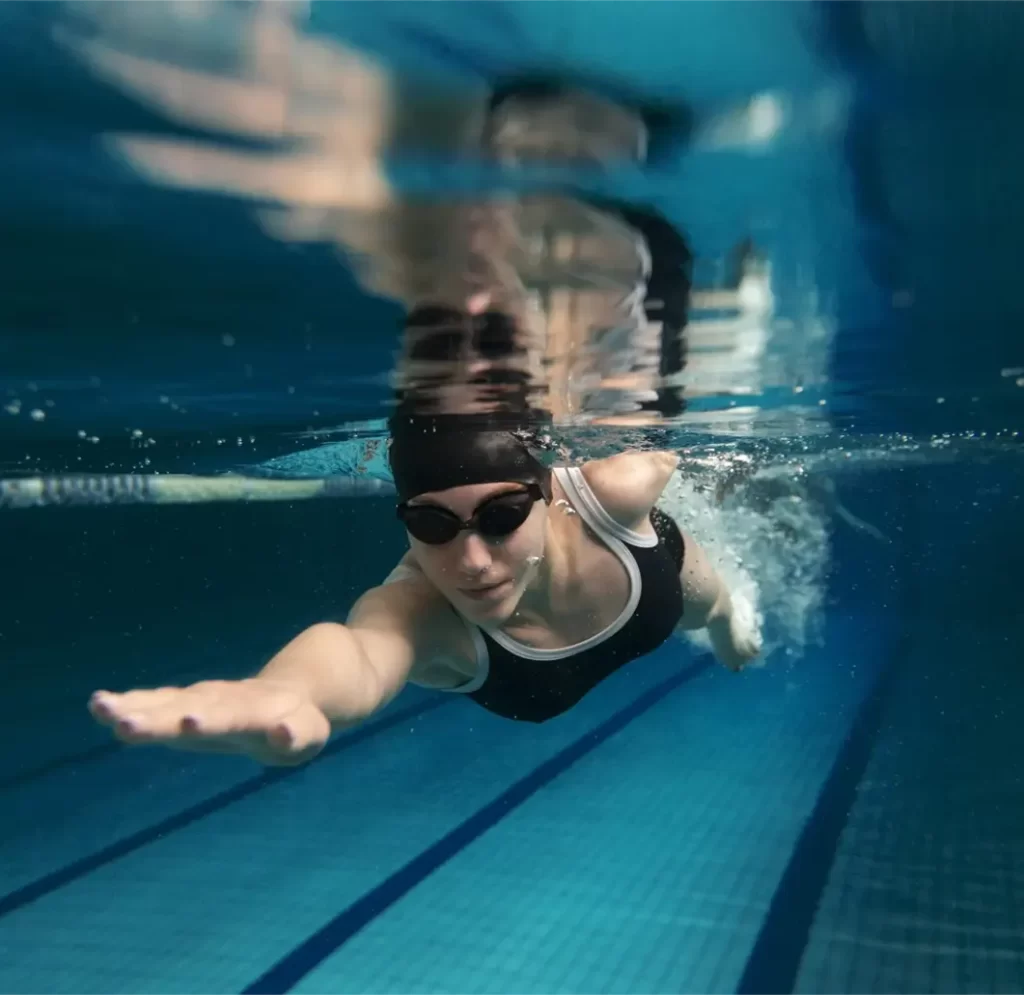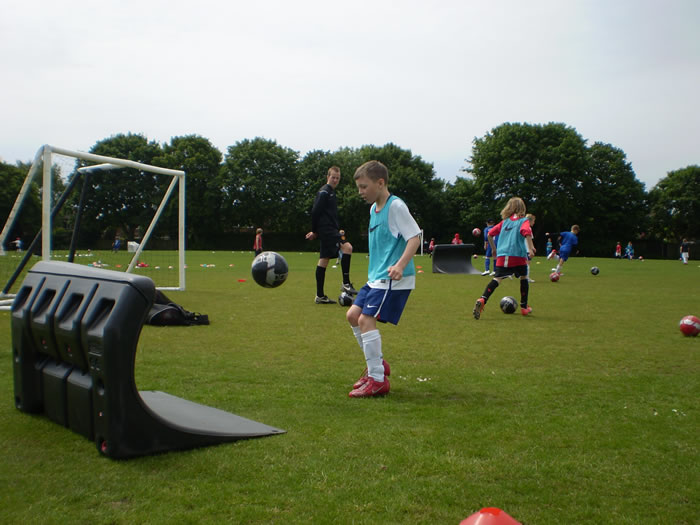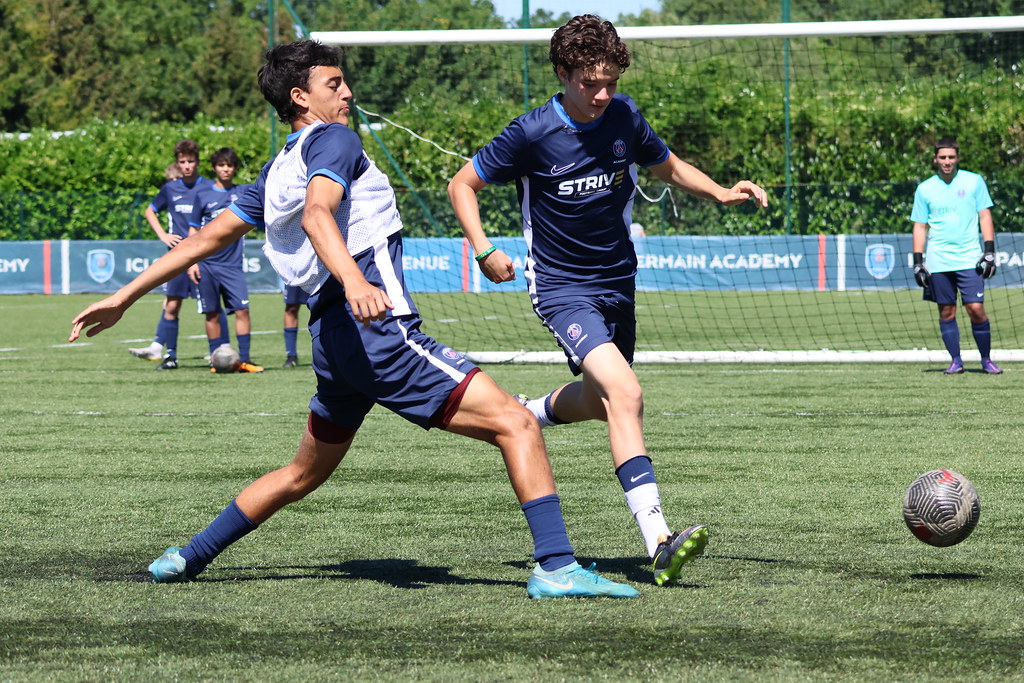For decades, sports enthusiasts and scientists have attempted to determine which is the healthiest sport of all. In recent years, most research agrees that swimming provides enormous benefits and enables athletes to train their bodies in the best possible way due to the sport’s physical requirements.
However, over the years, the physical benefits of other sports such as tennis, soccer, and basketball have also been highlighted.
So, in this article, we are going to take a look at some of the healthiest and most complete sports and the positive effects they can have on an athlete’s physical and mental health.
Table of Contents
Swimming: One of the Healthiest and Most Highly-Acclaimed Sports
A lot of worldwide research has shown that swimming is the healthiest sport of all because it allows an athlete to train virtually all their muscles in different ways due to the different types of swimming styles and competitions.
Moreover, cardiovascular fitness is also crucial for success in this sport. A professional swimmer must have a well-trained respiratory system and develop great endurance to be able to compete at the highest level.
Likewise, the dynamic and continuous movement required to practice this sport benefits joint elasticity and body flexibility, which are also essential when aiming to reach peak performance levels.
One area where the benefits of swimming are particularly noticeable is in the back, especially when using strokes such as backstroke and butterfly, which require strong back muscles, along with a high level of coordination.

Because of all these benefits, experts recommend that people take part in swimming to improve their overall physical condition, as long as they don’t have any injuries or conditions that may be counterproductive.
Other water sports like water polo and synchronized swimming can also be included in this topic due to their need for agility in water and cardiovascular strength.
Tennis: The Healthiest Ground Sport

Apart from swimming, whose many benefits we have highlighted, another sport that many consider to be one of the healthiest is tennis.
Tennis, whether played individually or in pairs, requires an extremely high physical performance and total concentration throughout the matches, as every shot and rally depends on the player.
Arm muscles require high-intensity training as their strength will largely determine the power and precision of a player’s shots.
In addition to this, coordination, balance, and agility must be worked on in order to help the player execute strokes with the correct technique and expertise. This is crucial in tennis, as having great physical strength is of no use at all if you don’t learn the correct techniques to execute different types of shots during a match.
The lower body also requires extensive training, as leg coordination and balance form the basis of the player’s movements around the tennis court.
Every tennis player must be extremely quick around the court and have the necessary physical strength to return shots in such as way as to unsettle their opponent.
This is why tennis training places great emphasis on leg muscles as well as knee and ankle flexibility and elasticity, in order to try to prevent potential injuries and to improve mobility on the court.
Soccer: Another of the Healthiest Sports
Probably the most popular sport on the planet, soccer is also considered one of the healthiest sports.
Although football mainly involves the legs and lower body, good movement, coordination, and technique are also essential for better ball control and to be able to overpower your opponents and keep them at bay.
Soccer prioritizes agility and speed over muscle mass or strength. Consequently, professional soccer players follow strict diets and have very low body fat percentages.
Over the years, more and more innovations have been introduced in football training, using methods such as hyperbaric chambers, cold water therapies and similar methods to maximize player performance.
However, this doesn’t mean that soccer players don’t do weight or hypertrophy training. Their physical training just has a different, more specific focus.
Likewise, taking part in this sport also brings numerous benefits in terms of cardiovascular health and respiratory capacity.

Moreover, on a cognitive level, players must develop the intelligence to understand different types of playing systems and specific situations in a matter of seconds.
The mental dimension is crucial in every type of sport. However, as a team sport, football can help develop social skills in children who are being trained in academies and help them understand the idea of working together for the common good.
Basketball: Ideal for Developing Skills

We’d like to conclude this article with another of the healthiest and most complete sports of all, a very popular sport in Spain, Latin America, and the United States: basketball.
According to research carried out by the UBA in Argentina, playing basketball encourages good blood circulation, increases lung capacity, and helps clear the respiratory pathways, all from a cardiovascular perspective.
Experts claim that playing this sport encourages a better synchronization of our heart rate, which can help prevent any cardio-related problems.
As with the other sports we have mentioned, leg work is crucial for a good overall performance, and, because of this, agility, dynamism, and speed are a key part of training.
In basketball, physical training can vary depending on the player’s height, playing style, and muscle mass.
Taller players often have specific training sessions to develop their strength and gain physical dominance over their rivals, whereas point guards or playmakers train to enhance their agility, speed, and ball control, as their priority is to assist and score points without needing to get close to the basket.
As it’s a team sport, players must adapt to the coach’s style of play and understand their role in each move. Basketball is much more tactical than some may believe, and mental training can often be the key to a successful team.
Which is the Healthiest Sport? | Conclusions
Each sport offers different benefits to the human body, both from a physical and psychological perspective.
Rather than analyzing sports to try and work out which is the healthiest sport, or the most complete sport, the most important thing for children, teenagers, and adults alike is to regularly take part in sport, and to avoid a sedentary lifestyle at all costs, which can have dangerous consequences for their health.
It’s also crucial to follow a balanced diet to ensure the recommended daily caloric intake. Correct nutrition is one of the most important aspects of physical training, and, without it, it’s harder to see results in the short and medium term.
It doesn’t matter whether you choose swimming, tennis, football, basketball, or any other sport we haven’t mentioned in this article.
What does matter is for us all to be involved in some type of sporting activity that will help us stay physically healthy and unwind from the daily stresses and hustle and bustle of life.









